Explore the latest trends in mineral production globally.
January 10, 2025
Written by Turian Biel

Table of Contents
- Overview of Global Mineral Extraction Trends
- Significance of Mineral Production in the Economy
- Mineral Production in Canada
- Mineral Production in Australia
- Mineral Production in Nigeria
- Mineral Production in Zimbabwe
- Mineral Production in Ghana
- Mineral Production in Sweden
- Mineral Production in the United States
- Mineral Production in India
- Mineral Production in Canada
- Regional Insights into Mineral Production
- Mineral Production in Alaska
- Mineral Production in Antarctica
- Mineral Production in the Northern Territory, Australia
- Mineral Production in Malaysia
- Mineral Production in the UK
- Mineral Production in India
- Mineral Production in New York
- Mineral Production in Russia
- Mineral Production in the Democratic Republic of Congo
- Mineral Production in Antarctica
- Emerging Trends in Mineral Extraction
- Mineral Production in Ghana
- Mineral Production in the Philippines
- Mineral Production in Brazil
- Mineral Production in Indonesia
- Mineral Production in South Africa
- Mineral Production in Canada
- Mineral Production in Mexico
- Mineral Production in Argentina
- Mineral Production in Russia
- Mineral Production in the United States
- Challenges and Opportunities in Mineral Extraction
- Conclusion
Overview of Global Mineral Extraction Trends
Significance of Mineral Production in the Economy
Mineral production plays a crucial role in the global economy, contributing significantly to GDP and employment. For instance, in 2022, the total value of mineral sales in South Africa reached approximately R 1.1 trillion, reflecting a substantial increase from previous years. The mining sector contributed about 8.5% to the country's GDP, showcasing its importance in economic development.
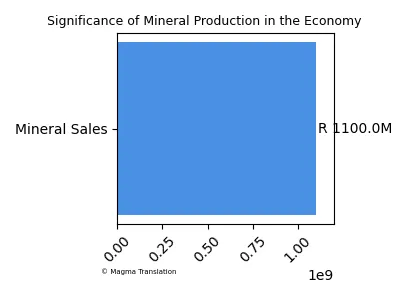
Mineral Production in Canada
In 2023, Ontario generated $15.7 billion worth of minerals, representing 26% of Canada’s total mineral production value. Gold production in Ontario was valued at $6.5 billion, with 2.8 million troy ounces produced, accounting for 43% of Canada’s total gold production value.
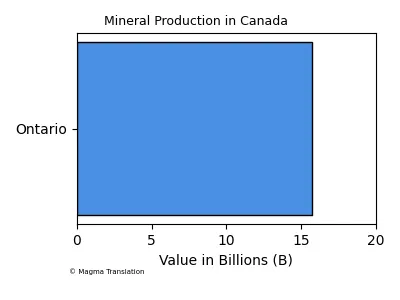
Mineral Production in Australia
The mining industry contributes about 8% to Australia's gross domestic product (GDP) and half of the value of total goods exported. As of December 2008, Australia held 38% of the economic demonstrated resources (EDR) for nickel and uranium, highlighting its significant role in the global mineral market.
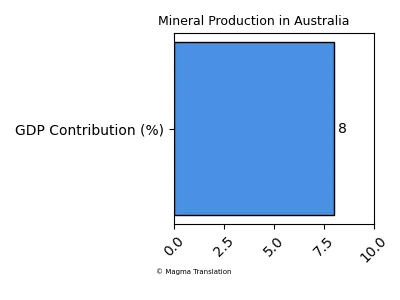
Mineral Production in Nigeria
Aggregate mineral production in Nigeria grew by 17.95% in 2020, reaching a total of 64,286,308.01 tons compared to 54,505,048.23 tons in 2019. Kogi State, Ogun State, and Cross River State were the top three states in production, contributing significantly to the country's mineral output.
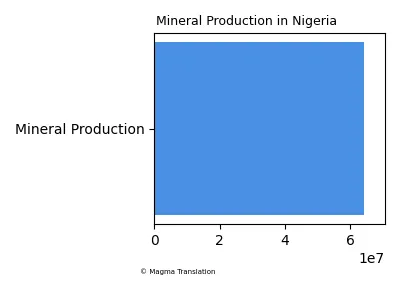
Mineral Production in Zimbabwe
Zimbabwe’s mining sector is highly diversified, with close to 40 different minerals, including platinum group metals (PGM), chrome, gold, coal, lithium, and diamonds. The Chamber of Mines reported that the mining industry generated $5.6 billion in 2022, compared to $5.1 billion in 2021, indicating growth in the sector.
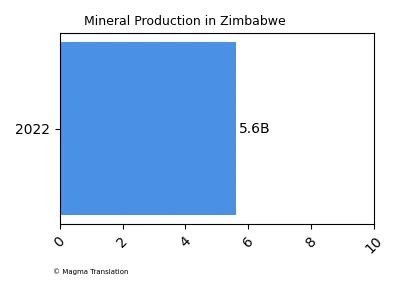
Mineral Production in Ghana
In 2020, the total gold production in Ghana was 222,954 ounces, with a total export value of approximately $294,575,771.88. This highlights Ghana's position as a significant player in the global gold market.
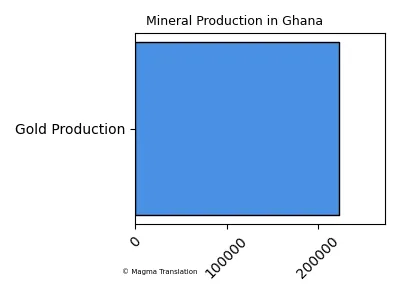
Mineral Production in Sweden
Swedish ore production reached 87.2 million tonnes in 2022, a 2 percent decrease compared to 2021. The number of operational metal ore mines in Sweden remained at 12, indicating stability in the sector despite fluctuations in production.
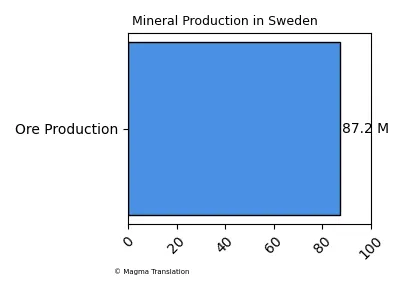
Mineral Production in the United States
The U.S. Geological Survey provides comprehensive data on mineral commodities, including production and trade statistics for various countries. For instance, in 2021, the global production of aluminum reached approximately 60 million metric tons, showcasing the scale of mineral extraction in the U.S. and globally.
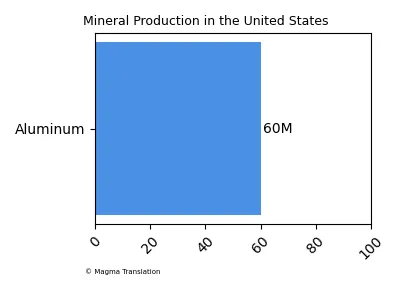
Mineral Production in India
According to the Ministry of Mines, Government of India, the mineral production in India during the year 2020-21 was valued at approximately ₹1,23,000 crores. This reflects a significant contribution to the country's economy and highlights the importance of the mining sector in India.

Mineral Production in Canada
In 2022, the value of Canada's mineral production reached $74.6 billion. The top-ranked commodity by value of production was potash, valued at $16.8 billion, indicating the diversity and strength of the mineral sector in Canada.
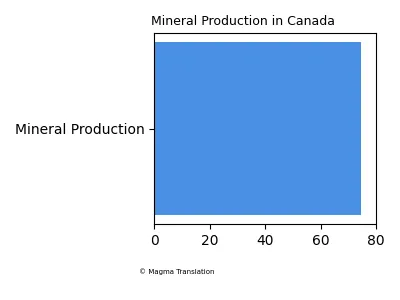
Regional Insights into Mineral Production
Mineral Production in Alaska
The reported value of Alaska's mineral industry in 2020 totaled $3.2 billion, an increase of 5 percent from 2019. The total value for the year is a composite of expenditures on exploration and development, plus the revenue to the operators from the commodities produced. This highlights Alaska's significant mineral resources, including coal, zinc, and gold.
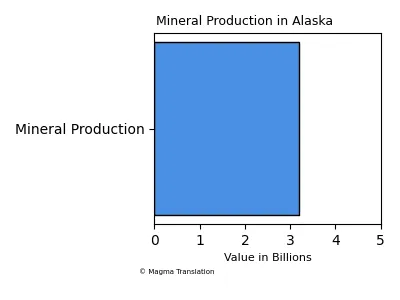
Mineral Production in Antarctica
Commercial mining in Antarctica is prohibited, and no significant mineral deposits or oil reserves have been identified, although minor occurrences of minerals have been noted across the continent. The Antarctic Treaty, specifically Article 7 of the Protocol on Environmental Protection, bans mining, and this ban could only be lifted if all Antarctic Treaty Parties agree, with a review provision set for 2048 Discovering Antarctica.
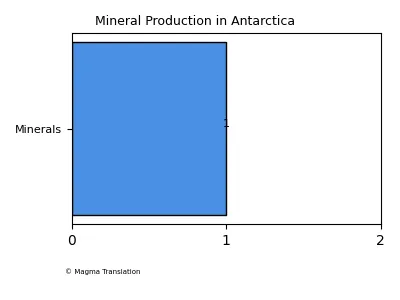
Mineral Production in the Northern Territory, Australia
The Northern Territory (NT) Government collects mineral production data under the Mineral Titles Act 2010, which is essential for monitoring and regulating mining operations in the NT. This data provides insights into the mining industry's contribution to the economy and aids in future planning and decision-making Department of Mining and Energy.
Mineral Production in Malaysia
Annual extraction of mineral commodities in Malaysia from 2016 to 2021 is documented, showing various quantities extracted by state and commodity type. The data reflects the activities of establishments registered with the Department of Mineral and Geoscience (JMG) and is utilized for Malaysia's official GDP statistics data.gov.my.
Mineral Production in the UK
In 2022, approximately 185.9 million tonnes of minerals were extracted from the UK landmass for sale. Additionally, around 91.3 million tonnes, primarily consisting of oil and gas, were extracted from the UK Continental Shelf, indicating the importance of mineral resources in the UK economy.
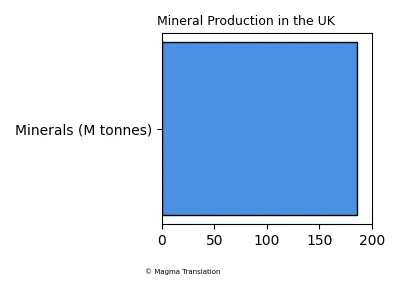
Mineral Production in India
The Mining and Mineral Statistics Division of the Indian Bureau of Mines collects and publishes data on mineral production, including state-wise average sale prices and monthly summaries of mineral production. This data is essential for understanding the mineral sector's performance and is released regularly to various government ministries and agencies Indian Bureau of Mines.
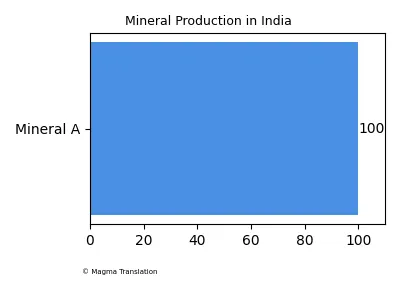
Mineral Production in New York
Approximately 5,400 mines are tracked under the Mined Land Reclamation Law (MLRL) in New York, with around 2,100 of these being active mines, while the remainder have been reclaimed since 1975 source.
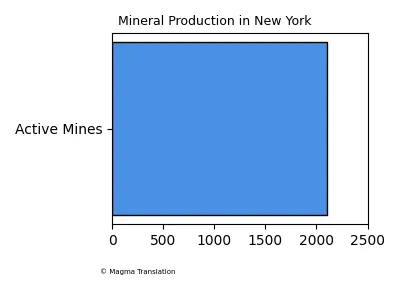
Mineral Production in Russia
The mineral industry of Russia is a significant contributor to the economy, with the metallurgical sector accounting for 19% of the value of industrial production and employing 9.3% of the industrial labor force. This highlights the importance of the mining sector in Russia's economic landscape.
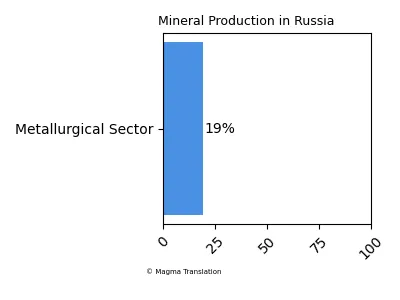
Mineral Production in the Democratic Republic of Congo
Artisanal and small-scale mining operations account for 15%-30% of cobalt produced in the Democratic Republic of Congo, which provides 70% of the world’s supply. This emphasizes the need for better governance and regulation in water management within the mining sector.
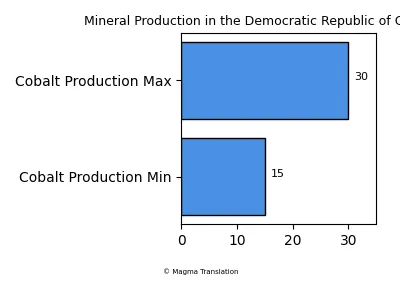
Mineral Production in Antarctica
Critical minerals like lithium, copper, and cobalt are essential for the energy transition as countries move away from fossil fuels. The demand for these minerals is increasing, raising questions about their availability and the environmental impacts of mining Our World in Data.
Emerging Trends in Mineral Extraction
Mineral Production in Ghana
In 2020, the total gold production in Ghana was 222,954 ounces, with a total export value of approximately $294,575,771.88. This highlights Ghana's position as a significant player in the global gold market, contributing to the country's economic growth.
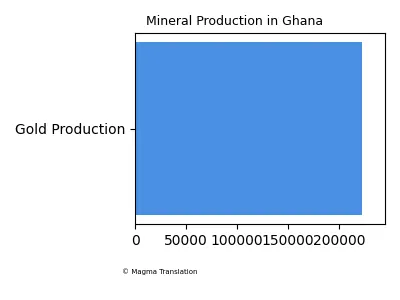
Mineral Production in the Philippines
The Philippines is rich in mineral resources, with significant deposits of nickel, copper, and gold. In 2021, the country produced approximately 24 million metric tons of nickel, making it one of the top producers globally. The mining sector plays a vital role in the Philippines' economy, providing jobs and contributing to export revenues.

Mineral Production in Brazil
Brazil is a leading producer of iron ore, with production reaching around 400 million metric tons in 2021. The mining industry is crucial for Brazil's economy, accounting for a significant portion of its exports and providing employment opportunities across the country.
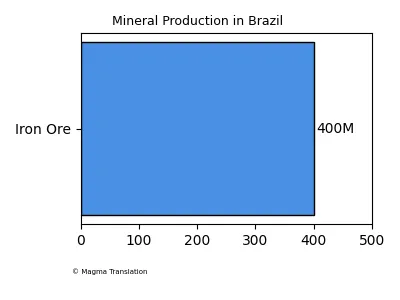
Mineral Production in Indonesia
Indonesia is known for its vast mineral resources, particularly in nickel and tin. In 2022, the country produced approximately 1.5 million metric tons of nickel, making it one of the top producers in the world. The mining sector is essential for Indonesia's economic development, contributing to both local and national economies.
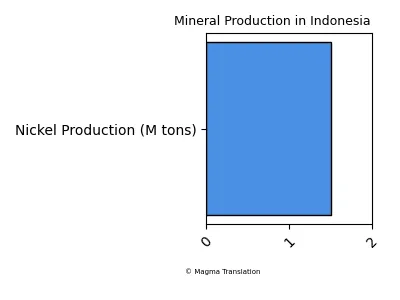
Mineral Production in South Africa
In 2022, the total value of mineral sales in South Africa reached approximately R 1.1 trillion, reflecting a significant increase from previous years. The mining sector contributed about 8.5% to the country's GDP, showcasing its importance in economic development.
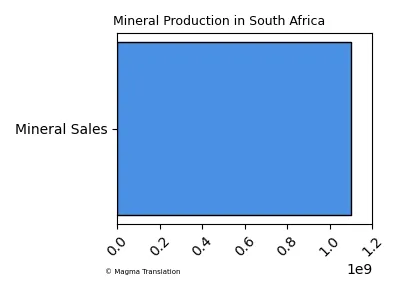
Mineral Production in Canada
In 2023, Ontario generated $15.7 billion worth of minerals, representing 26% of Canada’s total mineral production value. Gold production in Ontario was valued at $6.5 billion, with 2.8 million troy ounces produced, accounting for 43% of Canada’s total gold production value.
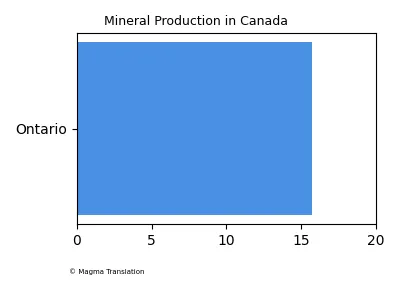
Mineral Production in Mexico
Mexico is a significant player in the global mining industry, particularly in silver production. In 2021, the country produced approximately 6,300 metric tons of silver, making it the largest producer in the world. The mining sector is vital for Mexico's economy, providing jobs and contributing to export revenues.
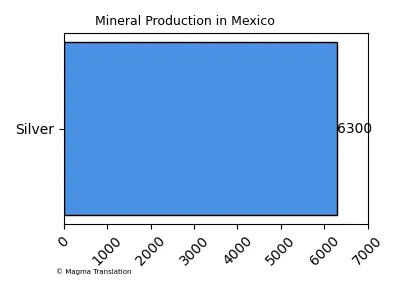
Mineral Production in Argentina
Argentina has rich mineral resources, particularly lithium, which is essential for battery production. The country is home to the Salar de Hombre Muerto, one of the largest lithium brine deposits globally. In 2022, Argentina produced approximately 40,000 metric tons of lithium, highlighting its growing importance in the global market.
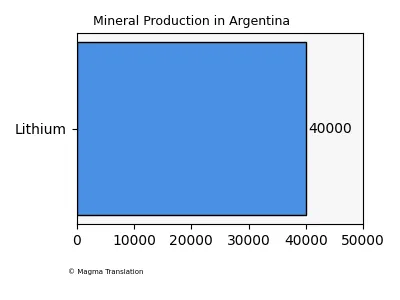
Mineral Production in Russia
The mineral industry of Russia is a significant contributor to the economy, with the metallurgical sector accounting for 19% of the value of industrial production and employing 9.3% of the industrial labor force. This highlights the importance of the mining sector in Russia's economic landscape.
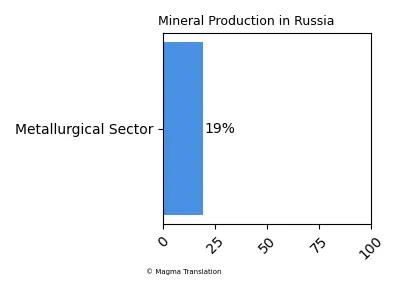
Mineral Production in the United States
The U.S. Geological Survey provides comprehensive data on mineral commodities, including production and trade statistics for various countries. For instance, in 2021, the global production of aluminum reached approximately 60 million metric tons, showcasing the scale of mineral extraction in the U.S. and globally.
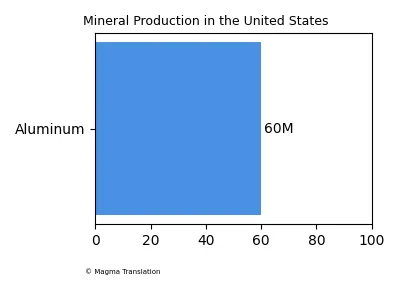
Challenges and Opportunities in Mineral Extraction
Environmental Impact of Mining Activities
Mining activities can have significant environmental impacts, including habitat destruction, water pollution, and soil degradation. For example, in Chile’s Salar de Atacama, lithium and copper extraction have reportedly consumed over 65% of the local water supply, impacting Indigenous farming communities in a water-scarce area. This highlights the need for sustainable mining practices to mitigate environmental damage.
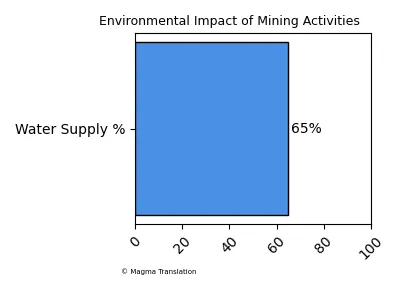
Water Stress and Mining Operations
At least 16% of the world’s land-based critical mineral mines are located in areas facing high or extremely high levels of water stress. In these regions, at least 40% of the water supply is required each year to meet existing demand, indicating high competition for water resources and the need for efficient water management in mining operations.
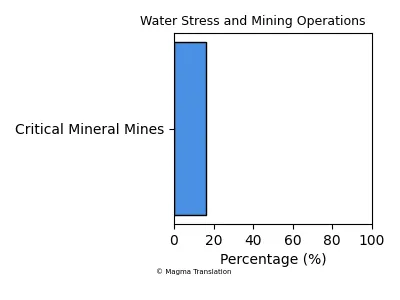
Technological Advancements in Mining
Technological advancements are transforming the mining industry, improving efficiency and reducing environmental impacts. Innovations such as automated drilling and remote monitoring systems are being adopted to enhance productivity and safety in mining operations. These technologies can lead to more sustainable practices and better resource management Mining.com.
Regulatory Frameworks for Sustainable Mining
Effective regulatory frameworks are essential for promoting sustainable mining practices. Governments are increasingly implementing policies that require mining companies to adhere to environmental standards and engage in responsible resource management. This includes measures to minimize ecological footprints and ensure the welfare of local communities ICMM.
Global Demand for Critical Minerals
The demand for critical minerals like lithium, cobalt, and rare earth elements is surging due to their essential role in renewable energy technologies and electric vehicles. Research indicates that under a business-as-usual scenario, the percentage of critical mineral locations in areas of high or extremely high water stress could increase to 20% by 2050, highlighting the need for sustainable sourcing strategies.
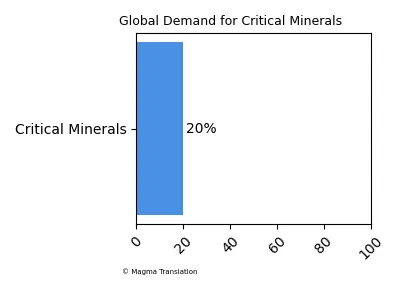
Artisanal Mining and Its Impact
Artisanal and small-scale mining operations account for 15%-30% of cobalt produced in the Democratic Republic of Congo, which provides 70% of the world’s supply. These operations often lack regulation, leading to environmental degradation and social issues, emphasizing the need for better governance and support for sustainable practices.
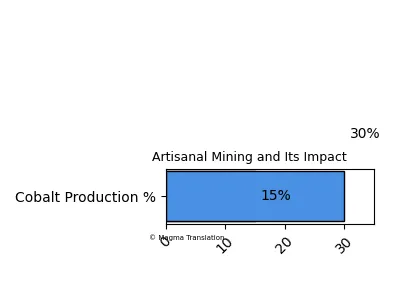
Future Trends in Mineral Extraction
As the world transitions to a low-carbon economy, the mineral extraction industry is expected to evolve significantly. The increasing focus on sustainability and responsible sourcing will shape future mining practices, with companies adopting greener technologies and practices to meet regulatory requirements and consumer expectations Mining.com.
Conclusion
The mineral extraction industry plays a vital role in the global economy, providing essential resources for various sectors. However, it faces significant challenges, including environmental impacts and water stress. As demand for critical minerals continues to rise, the industry must adopt sustainable practices and innovative technologies to ensure responsible resource management. By addressing these challenges, the mining sector can contribute to a more sustainable future while meeting the growing needs of society.
